Introduction:
Solar ovens are an innovative and eco-friendly alternative to traditional ovens that utilize sunlight as their primary source of heat. These ovens harness the power of solar energy to cook food, providing a sustainable and efficient cooking solution. One common question about solar ovens is how hot they can get. In this article, we will explore the temperature capabilities of solar ovens, discussing factors that influence heat generation, the range of temperatures achieved, and considerations for optimal cooking. By understanding the temperature potential of solar ovens, users can make informed decisions about cooking methods and maximize their solar cooking experience.
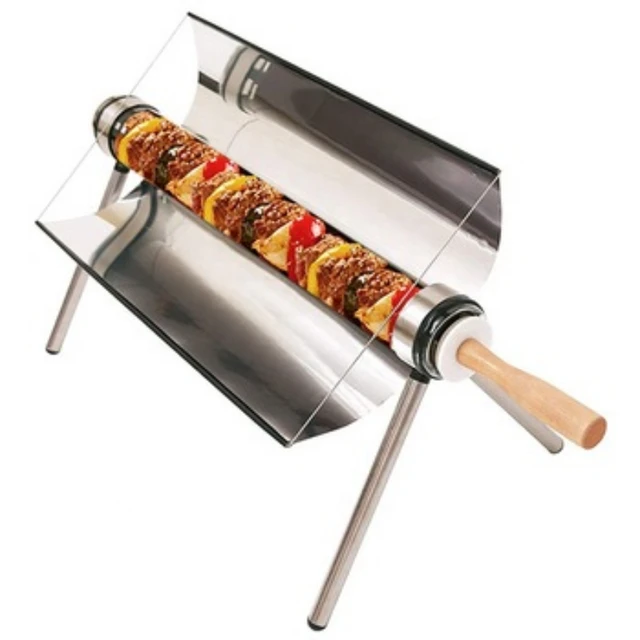
How hot do solar ovens get?
Understanding Solar Oven Technology:
a. Solar Energy Conversion: Solar ovens work by converting sunlight into heat energy. They typically consist of a reflective surface, an insulated enclosure, and a transparent cover that traps and concentrates sunlight, creating a greenhouse effect.
b. Reflective Materials: The reflective surface of a solar oven, often made of materials like aluminum foil or reflective panels, helps direct and focus sunlight onto the cooking area. This reflective surface maximizes the absorption of sunlight and enhances heat generation.
c. Insulation: The insulated enclosure of a solar oven helps retain the generated heat and prevents heat loss. Insulation materials such as foam, fiberglass, or double-walled construction reduce heat transfer to the surrounding environment, maintaining higher internal temperatures.
Factors Affecting Solar Oven Temperature:
a. Solar Intensity: The intensity of sunlight plays a significant role in determining the temperature achieved by a solar oven. Factors such as time of day, season, latitude, and weather conditions influence solar intensity, which directly affects the heat generated.
b. Oven Design: The design and construction of a solar oven impact the temperature it can reach. Factors such as the size and shape of the oven, the type and quality of reflective materials used, and the effectiveness of insulation contribute to heat generation and retention.
c. Alignment with the Sun: Properly aligning a solar oven with the sun is crucial for maximizing solar energy absorption. Adjusting the oven’s position to face the sun directly and tracking the sun’s movement throughout the day optimize heat generation.
d. Transparency of Cover: The transparency or clarity of the cover material of a solar oven affects the amount of sunlight that enters and is trapped inside. Transparent covers made of glass or heat-resistant plastics allow for greater solar energy penetration and heat retention.
e. Ambient Temperature: The temperature of the surrounding environment can impact the overall effectiveness and peak temperature of a solar oven. Cooler ambient temperatures may result in lower internal temperatures, while warmer surroundings can enhance heat retention.
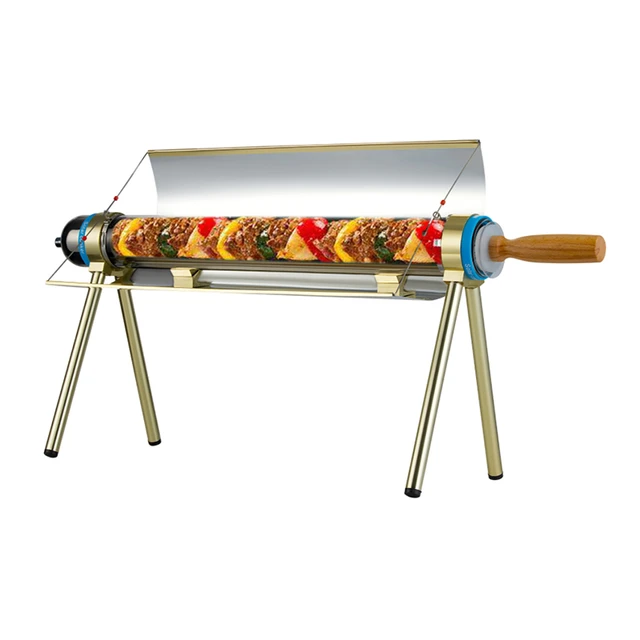
Temperature Range of Solar Ovens:
a. Cooking Temperatures: Solar ovens can reach temperatures suitable for cooking a wide range of food items. While the exact temperatures achieved may vary based on the aforementioned factors, most solar ovens are capable of reaching temperatures between 200°F (93°C) and 400°F (204°C).
b. Baking and Roasting: Solar ovens can achieve temperatures sufficient for baking bread, cookies, cakes, and roasting vegetables or meats. These temperatures are comparable to those of traditional ovens, allowing for similar cooking results.
c. Slow Cooking: In addition to higher temperatures, solar ovens can also maintain lower temperatures ideal for slow cooking. This makes them suitable for preparing stews, soups, or simmering dishes that require longer cooking times at lower heat levels.
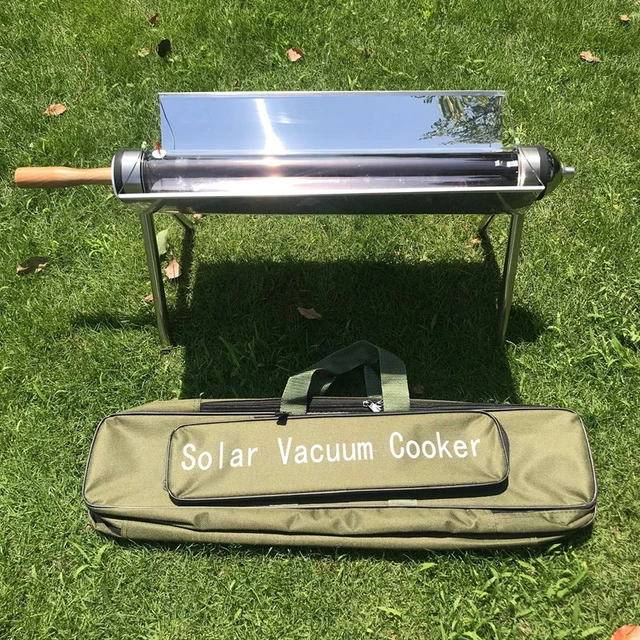
Optimizing Solar Oven Performance:
a. Location Selection: When using a solar oven, choose a location with maximum sunlight exposure. Open spaces free from obstructions such as trees or buildings allow for uninterrupted access to direct sunlight throughout the day.
b. Time of Day: Solar ovens perform best during the peak hours of sunlight, typically between 10 am and 4 pm. Cooking during this time maximizes solar intensity and ensures the oven reaches its highest temperature potential.
c. Oven Preheating: Preheating the solar oven helps build up heat before placing the food inside. Preheating allows the oven to reach optimal temperatures faster and ensures more consistent cooking results.
d. Food Placement: Properly positioning the food inside the solar oven is important for even cooking. Placing the food in the center or closer to the reflective surface promotes uniform heat distribution and minimizes the risk of uneven cooking.
e. Cooking Time Adjustments: Solar ovens may require longer cooking times compared to traditional ovens due to their lower heat output. It is important to adjust cooking times accordingly and monitor the food for doneness to achieve desired results.
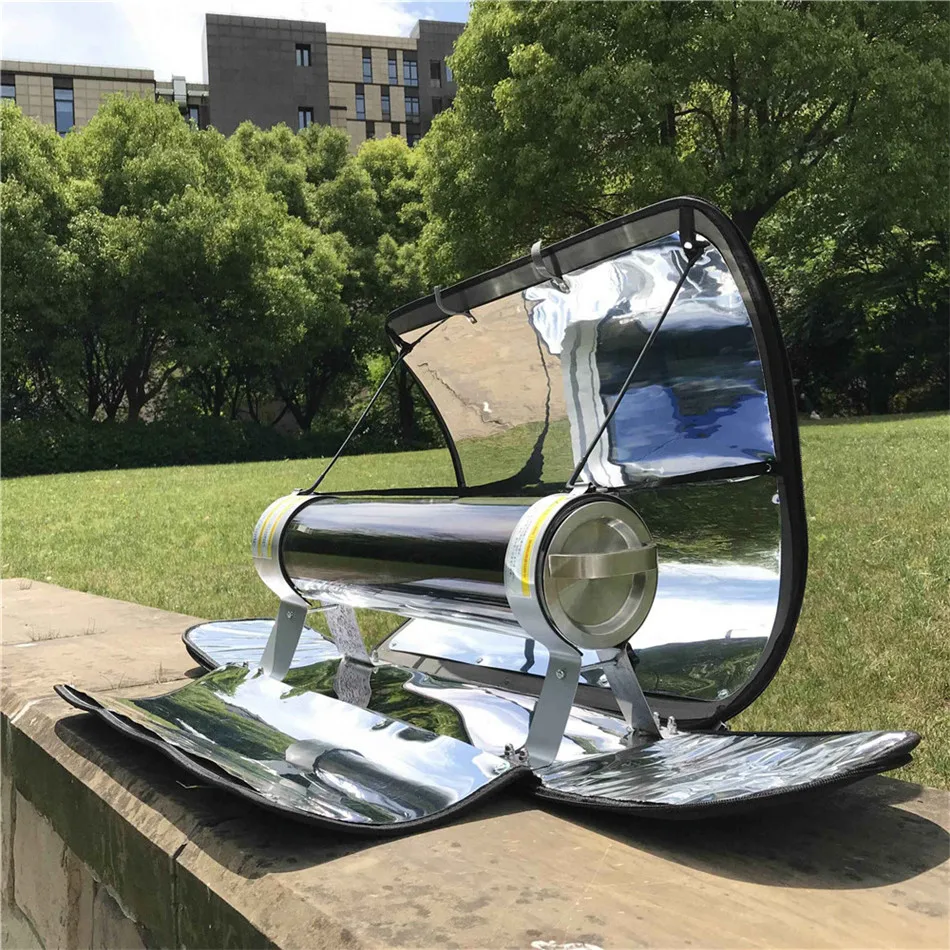
Safety Considerations:
a. Oven Exterior: While the interior temperature of a solar oven can become quite hot, the exterior remains relatively cool to the touch. However, it is still important to exercise caution and avoid touching the oven’s exterior without protection during cooking.
b. Transparent Cover: The transparent cover of a solar oven, such as glass or heat-resistant plastic, can become hot during extended periods of solar exposure. Use oven mitts or protective gloves when handling or opening the solar oven to avoid burns.
c. Food Safety: Ensure that food is cooked to the recommended internal temperatures to prevent foodborne illnesses. Use a food thermometer to accurately measure the internal temperature of cooked food.
Additional Considerations for Solar Oven Usage:
a. Recipe Adaptation: When using a solar oven, it may be necessary to adapt recipes to accommodate the lower heat output and longer cooking times. Experimentation and adjustment of cooking techniques and ingredient proportions may be required for best results.
b. Seasonal Variations: Solar oven performance may vary depending on the season and weather conditions. During colder months or cloudy days, the oven may not reach its maximum temperature potential. Adjustments in cooking time and expectations may be necessary.
c. Solar Oven Types: There are different types of solar ovens available, including box ovens, panel cookers, and parabolic cookers. Each type has its own temperature range and cooking characteristics. Familiarize yourself with the specific solar oven type you are using for optimal performance.
d. Solar Oven Accessories: Some solar ovens come with additional accessories designed to enhance cooking performance. These may include reflector panels, sun trackers, or supplementary insulation. Utilizing these accessories can help increase the oven’s temperature range and efficiency.
e. Solar Oven Maintenance: Regular maintenance of your solar oven is essential for optimal performance. Keep the reflective surfaces clean and free from debris to maximize sunlight absorption. Additionally, ensure that the oven’s components, such as the transparent cover and insulation, are in good condition.
f. Backup Cooking Methods: While solar ovens offer an eco-friendly and sustainable cooking option, it is advisable to have backup cooking methods available for times when sunlight is limited or unavailable. This ensures that you can still prepare meals even in less favorable conditions.
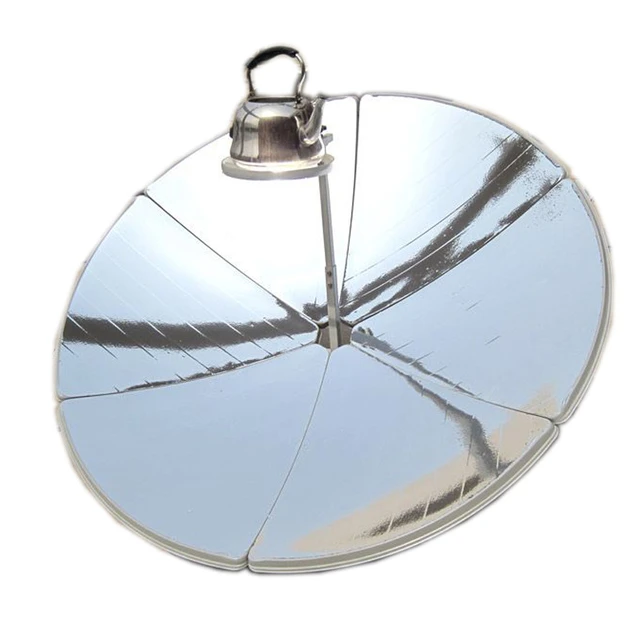
Conclusion:
Solar ovens can generate temperatures suitable for cooking a variety of food items, typically ranging between 200°F (93°C) and 400°F (204°C). Factors such as solar intensity, oven design, alignment with the sun, transparency of the cover, and ambient temperature influence the temperature capabilities of solar ovens. Properly aligning the oven with the sun, selecting a suitable location, preheating the oven, and adjusting cooking times optimize solar oven performance. While using a solar oven, it is important to consider safety precautions, including avoiding direct contact with the exterior and ensuring proper food safety practices. By understanding the temperature potential and optimizing solar oven usage, users can harness the power of sunlight to cook delicious meals while reducing their environmental impact.

